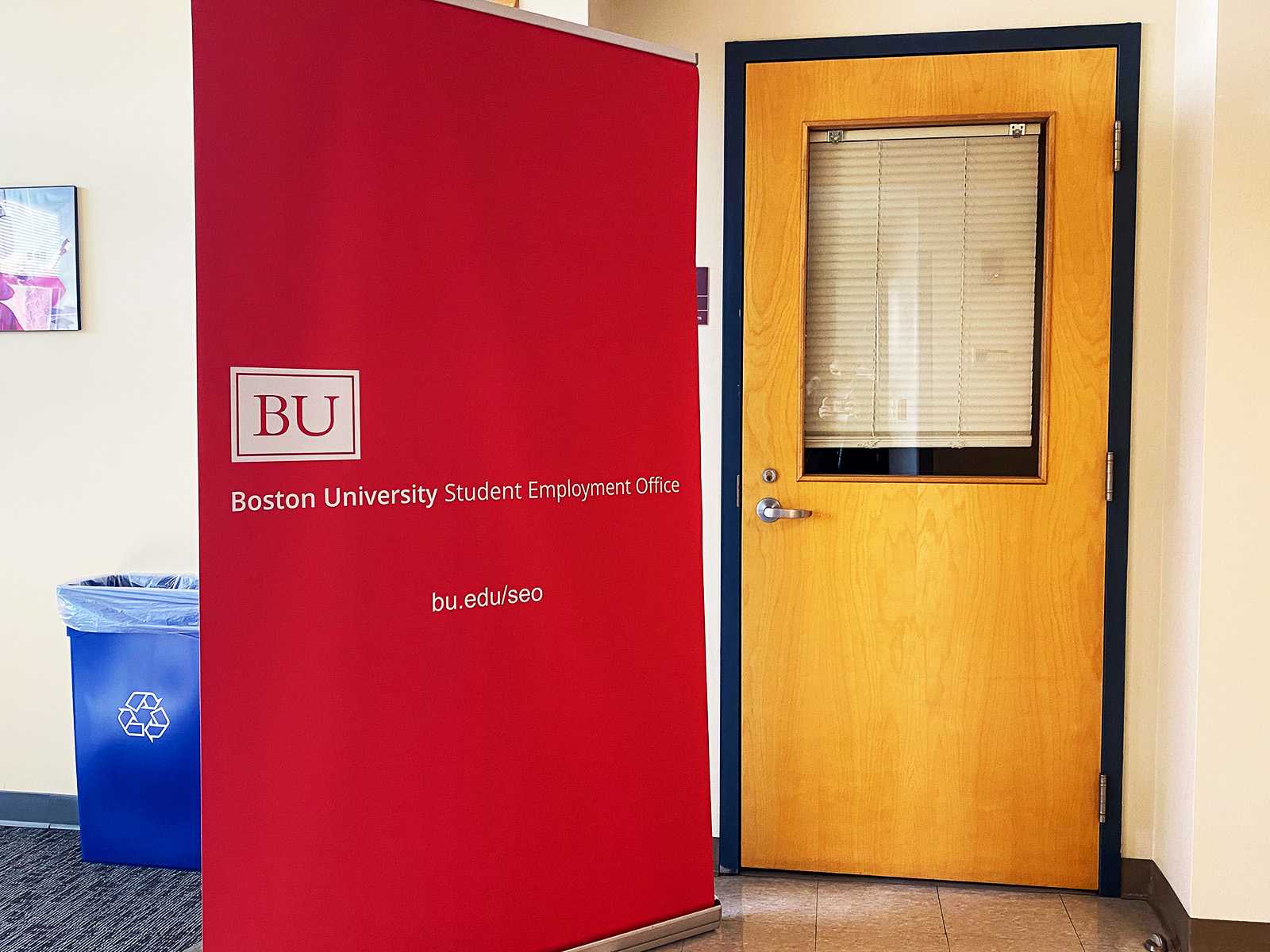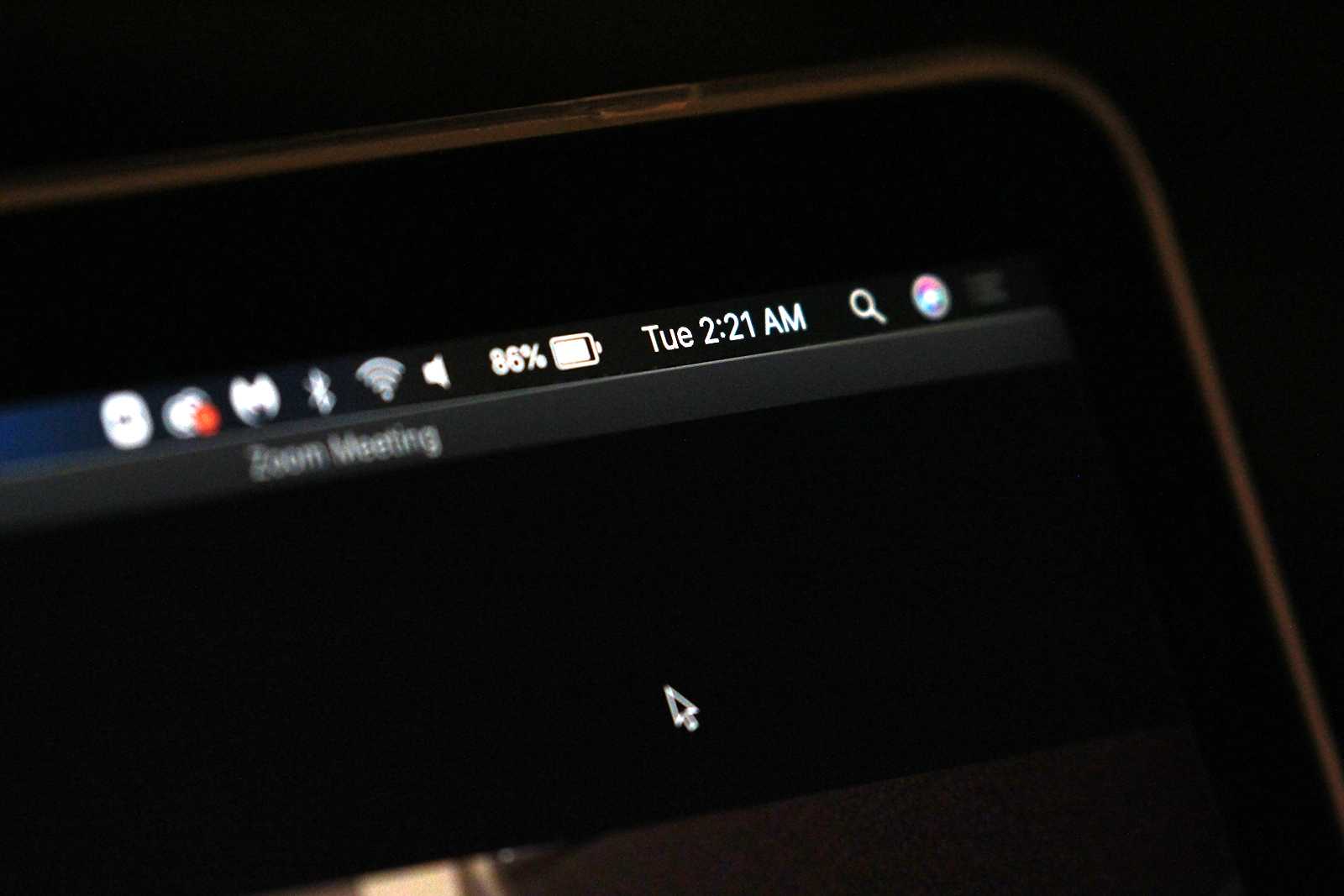Finnish environmental policies should set an example for renewable energy and green architecture in the United States, Finnish ambassador, Pekka Lintu said at Harvard University on Wednesday.
Lintu spoke to a round table audience of about 12 in a lecture entitled “Green Public Diplomacy: Sustainability as Finland’s Message in the United States,” at the Harvard John F. Kennedy School of Government.
The discussion focused primarily on the Finnish Embassy in Washington, D.C., which recently earned the Leadership in Energy and Environmental Design certification for green buildings, making it the only embassy to do so.
“We wanted it to be a metaphor of our values,” Lintu said referring to the building designed by the Finnish architects Mikko Heikkinen and Markku Komonen in 1994. “It’s modern. It’s also very transparent; there is daylight coming from all different directions.”
Harvard University Graduate School of Design student Ulrich Suterm, who attended the discussion, said he was impressed by the embassy’s construction.
“I think that they achieved their values&-openness, transparency&-and combined it with the contemporary Finnish architecture which has really clear lines, open windows and wooden floors and natural products,” Suterm said.
The Finnish Embassy was built focusing on energy efficiency, Lintu said. He also said the embassy’s energy bills have gone down $150,000 annually since these changes were put in place.
“Its a lesson to the United States,” said Kennedy School professor Nicholas Burns, who is also a retired American diplomat. “I would hope that the Americans would emulate this.”
Lintu said although Finland often keeps a low profile in U.S. relations due to its small size, stability and small immigrant population, its work in the environmental sector should be recognized.
Currently, Lintu said, 27 percent of Finland’s energy is renewable. He said he is especially proud of this statistic because of the small amount of primary resources and the need for energy in the dark winter months.
“We have tried to make a virtue out of necessity,” Lintu said.
He also said Finland’s goal for 2020 is to derive 38 percent of their energy from renewable sources.
“The incentive is by doing this we can develop our own technologies,” he said.
Lintu said he hopes that Finland will profit by importing energy efficient technologies to the U.S. and suggested ways in which Americans could improve energy efficiency.
“One thing that could have a huge impact would be the gasoline tax but I know that politically it is very difficult here,” he said, adding that citizens in Finland pay about two and a half times as much for gas as citizens in the U.S.
“That means that basically our cars are more energy efficient and there is more incentive for people to use public transportation,” he said.
However, Lintu said that as a member of the European Union, Finland’s top priority in U.S. environmental relations is to promote a legal and binding international agreement in order to ensure that the U.S. maintains certain environmental standards.























































































































